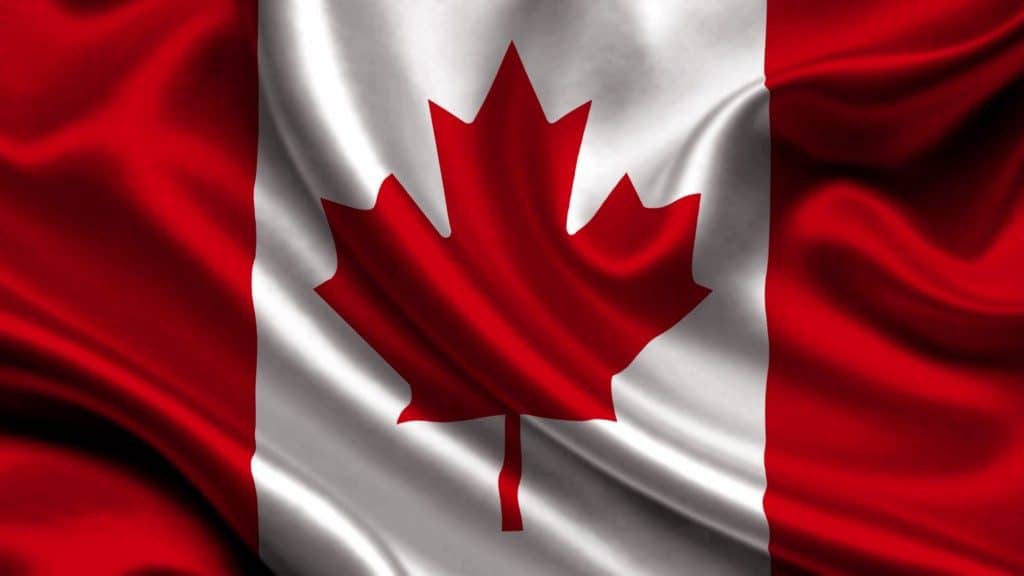
Mark it on your calendar: Wednesday, Feb. 15, National Flag of Canada Day, le jour du drapeau national du Canada. I didn’t know about it till someone recently asked: “Did your family celebrate it when you were a child and how?”
It was a logical question to ask me since I’m an American citizen of Canadian descent. The answer, however, may come as a surprise to people unfamiliar with the twists and turns and complexities of Canada’s history.
Though Canada was officially born in 1867 and is celebrating its 150th anniversary this year, it didn’t adopt the Maple Leaf flag till 1965, nor did it become a completely autonomous country till 1982, when the Parliament of the United Kingdom granted it full authority to amends its own Constitution. By then, I was living in the United States, having emigrated here as a bride in 1959.
Mind you, India broke off from the British Empire in 1947, but that was because it had Gandhi who could mesmerize the crowds with his rallying call for passive resistance. Because Canada was French before it was English, and its French-Canadian residents never gave up their language and their customs, it developed as a country of two nations living under the same roof — different in many respects, yet united by common interests.
Canada’s history began with Jacques Cartier’s exploration of the St. Laurence River in 1534 and the arrival of French settlers in the 1600s. Nouvelle France, as Canada was then called, remained under French dominance for more than 150 years. It grew to include huge parcels of land from Newfoundland to Hudson Bay, as well as Louisiana and the Canadian Prairie region. It was vast, but sparsely populated. The largest concentrations of population were in the cities of Quebec and Montreal.
From the start, Nouvelle France was vulnerable. It was subjected to multiple debilitating attacks from English forces, as the British sought to expand their empire.
Attacks escalated during the French-Indian War (1756–1763). In 1760, the last battle was fought in Montreal, where fortifications consisted of a wall built in the 1600s to help defend the colony from marauding bands of Iroquois. Overcome by superior forces, Montreal capitulated, and Nouvelle France ceased to exist.
No longer under the protection of France, the French Canadian settlers were now British subjects. They were allowed to keep their possessions. However, they had to turn in their weapons, which meant they could no longer hunt. There were about 70,000 people who lived in Nouvelle France at that time, many of them reduced to homelessness. In sharp contrast, New England had a total population of 268,627 people. It was thriving and there were whiffs of revolt in the air.
James Murray, the first governor of Newfoundland, Nova Scotia, and Quebec, realized that an uprising in New England could spread like wildfire into Canada, putting Great Britain at high risk of losing large chunks of the land it had acquired in North America. To keep the French Canadians on their side, he reasoned, the Brits would have to make certain concessions.
With this in mind, he resisted London’s instructions to Anglicize the existing population and establish protestant schools for the education of the children. This met with opposition from newly arrived English settlers who denounced him as a traitor and eventually obtained his recall.
His successor, Guy Carleton, didn’t change his policies. He, too, realized that the Canadians could not be assimilated. They clung to their nationality and would never give up their language, their religion and their customs.
Over time, through compromise and a lot of give and take and back and forth, French-Canadians got what they wanted in exchange for their allegiance to the Crown. Quebec retained its uniqueness as a French-speaking Canadian province in the midst of a rapidly growing North American English-speaking world. Referendums to sever the province’s tie to the confederation failed.
Today, both French and English are the official languages of Canada, and the national anthem is “O Canada,” which dates back to 1880 and is the product of two French Canadians: the composer Calixa Lavallee and the poet Adolphe Basil Routhier. The English version of the poem was created in the early 1900s. “O Canada” was recognized as the national anthem 1980.
I don’t know this for a fact, but I tend to believe that my family would have celebrated National Flag of Canada Day Flag Day if there had been such a holiday back when I was when I was growing up. They were proud of their dual heritage as Canadians and as of descendants of French settlers, going back to 1642.









